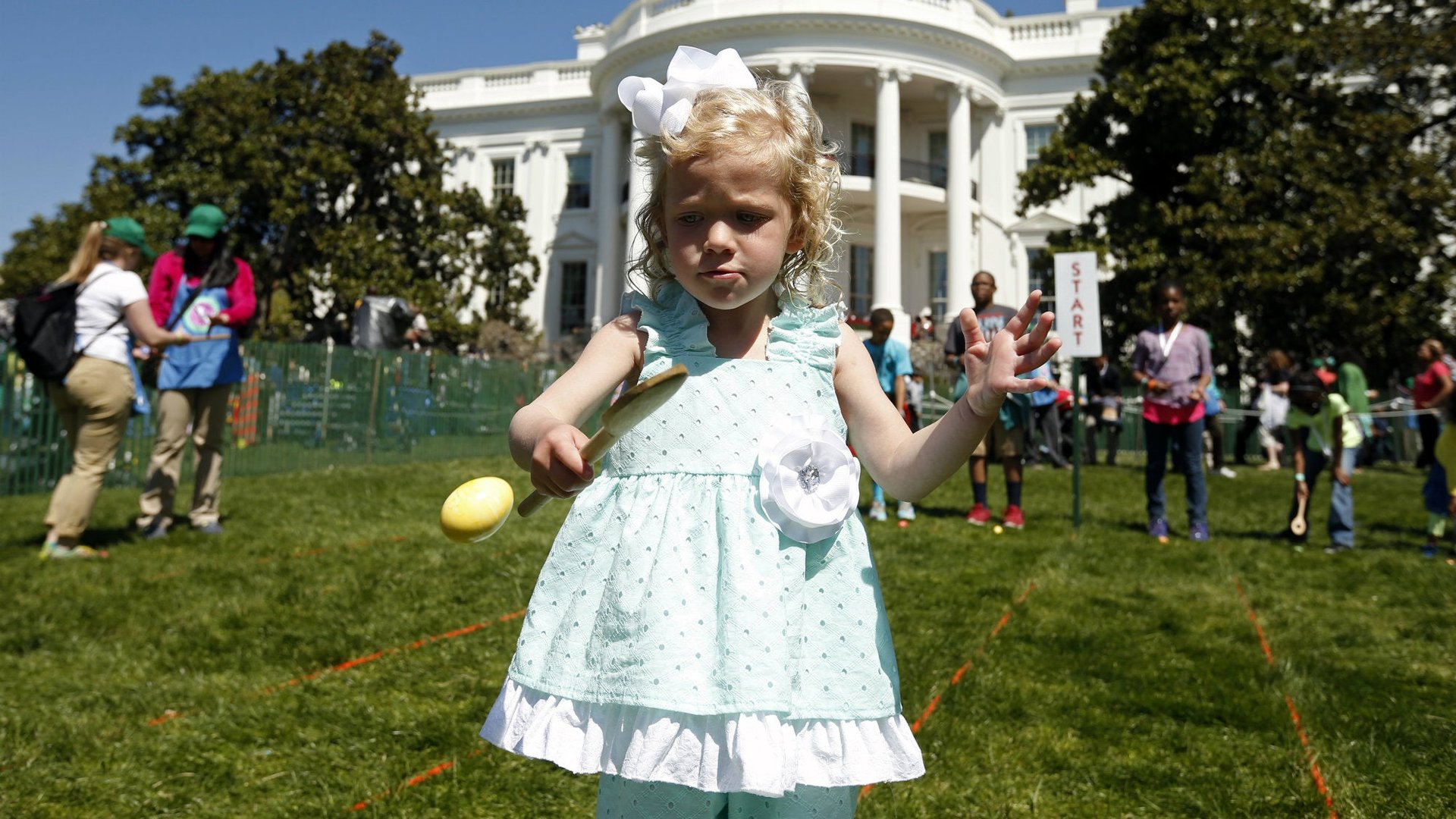Scientists have developed an easy way to determine if kindergarteners have healthy self-esteem
Kindergarteners think they rule the world. And now we have a test to prove it.


Kindergarteners think they rule the world. And now we have a test to prove it.
Researchers at the Institute for Learning and Brain Sciences at the University of Washington have developed a self-esteem test for five-year-olds to see how well they thought of themselves.
“We found that as young as five years of age, self-esteem is established strongly enough to be measured,” Dario Cvencek, the lead researcher, told Quartz.
While this may surprise few parents of five-year-olds, until the study, no tools existed to detect self-esteem in preschool-aged children. That’s because a lot of self-esteem tests require cognitive and verbal sophistication absent in kids that young.
Self-esteem is measured in adults with explicit measures, such as questions like “I feel that I’m a person of worth, at least on an equal plane with others,” as well as implicit measures, namely the Implicit Association Test (IAT, developed by Anthony Greenwald). That test is widely used in social psychology to measure unconscious biases related to race, gender, age and other topics. It was developed to get around some of the distortions that come from explicit self-esteem tests, namely we don’t like to confess that we don’t think much of ourselves, so we don’t.
Since kids would be even less reliable than adults on the explicit test and the fact that many could not read, Greenwald set out to design a new preschool IAT. It’s called the Preschool Implicit Association Test (PSIAT).
In the study, published in the Journal of Experimental Social Psychology, researchers conducted three studies with 234 five-year-old children, testing self-esteem and two measures related to gender. The kids were given flags and told one set of flags represented them. The flags were put on a computer screen and when kids saw the “me” flag, they pushed a certain button. Then the testers added in another dimension: “good”(fun, happy, good, nice) and “bad” (bad, mad, mean, yucky) words. The kids then had to push a button when they saw “me” flags and heard “good” words over a loudspeaker, and push another button when “other flags” appeared and “bad” words were heard. Then they switched it up.
Kids with high self esteem should respond faster when the “me” flags are paired with the good words than with the bad ones.
Cvencek explains it this way:
It is easier to give the same response to items from two categories if the two categories are associated than if they are not. For example, children with positive self-esteem should respond faster when me flags and good words require a same response than when not me flags and bad words require a same response.
Cvencek says the study opens all sorts of new channels for research: when does self-esteem start, how does it form, and what are the consequences of not having enough of it? The new testing methods can be used in that research.
Knowing when it starts and how it forms may well lead to advances in how we manage it and improve it, the view being that unless you are in the very privileged classes, higher self-esteem is a good thing.